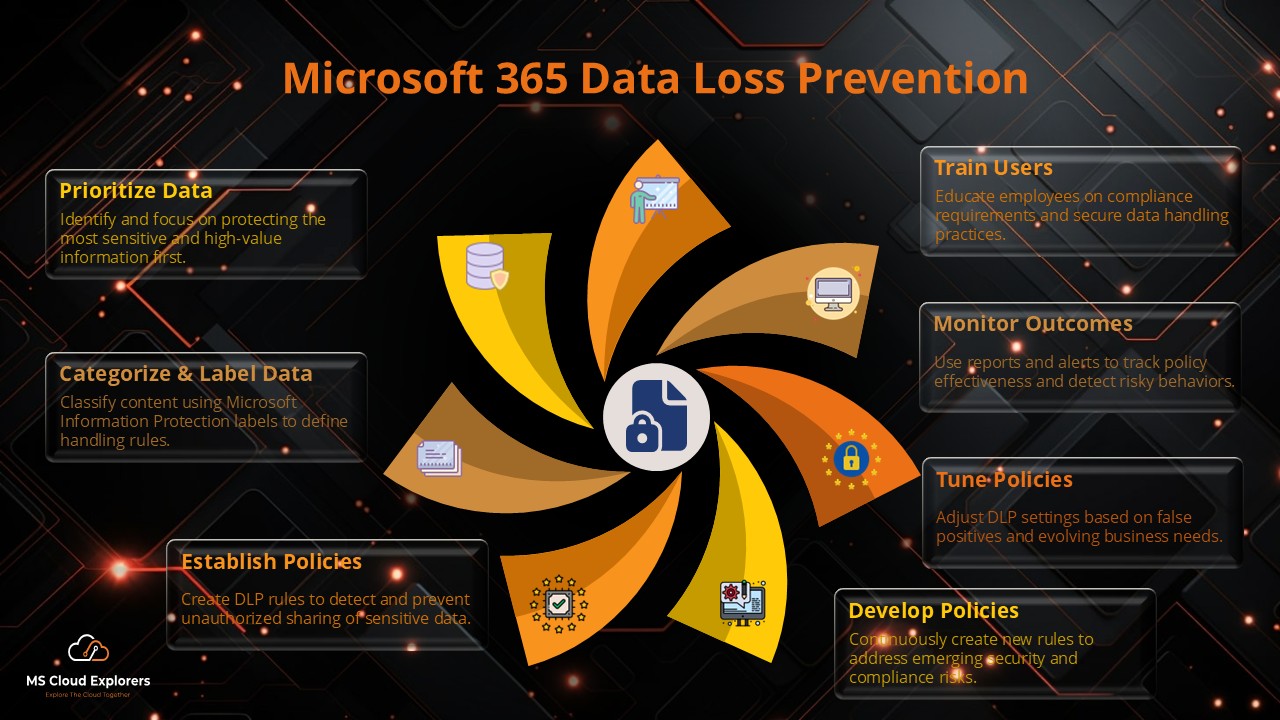
What is Microsoft 365 Data Loss Prevention (DLP)?
Microsoft 365 Data Loss Prevention (DLP) is a security feature that helps organizations prevent sensitive data from being shared outside their environment. It allows administrators to create and enforce policies that protect critical information across Microsoft 365 applications like Outlook, SharePoint, OneDrive, and Teams.
Why is DLP Important?
Data Loss Prevention plays a crucial role in safeguarding confidential data, ensuring regulatory compliance, and minimizing security risks caused by human errors. By implementing DLP policies, businesses can prevent data breaches, avoid compliance penalties, and improve their overall security posture.
Understanding Data Loss Prevention (DLP)
Definition of Data Loss Prevention
DLP refers to strategies and technologies designed to detect, monitor, and prevent unauthorized sharing or exposure of sensitive information.
Key Objectives of DLP
- Prevent accidental data leaks
- Protect personally identifiable information (PII)
- Ensure compliance with industry regulations
- Safeguard intellectual property
Microsoft 365 Data Loss Prevention Overview
How DLP Works in Microsoft 365
Microsoft 365 DLP uses content analysis, policies, and real-time alerts to identify and restrict the sharing of sensitive data. It applies to various workloads, including email, cloud storage, and messaging applications.
Integration with Other Microsoft 365 Security Features
- Microsoft Defender for Office 365: Enhances email security and phishing protection.
- Microsoft Purview Compliance Portal: Centralized management for compliance-related policies.
- Microsoft Information Protection (MIP): Provides labeling and classification capabilities.
Benefits of Office 365 DLP
- Protects sensitive information: Ensures critical data remains secure.
- Ensures compliance with regulations: Meets industry standards like GDPR, HIPAA, and ISO 27001.
- Reduces human errors: Minimizes accidental data sharing.
- Enhances security posture: Strengthens data governance and protection.
Key Features of Office 365 DLP
- Content Inspection and Analysis: Scans emails, documents, and messages for sensitive data.
- Policy Enforcement: Applies rules to restrict unauthorized data sharing.
- Predefined and Customizable Rules: Offers templates for different industries and allows custom policies.
- Real-time Alerts and Notifications: Notifies administrators of policy violations.
- Cloud and Endpoint Protection: Extends security across devices and cloud storage.
Setting Up Microsoft 365 Data Loss Prevention Policies Step-by-Step
Step 1: Accessing the Microsoft Purview Compliance Portal
Navigate to the Microsoft Purview Compliance Portal to manage and configure DLP policies.

Step 2: Creating a DLP Policy

Select a predefined template or create a custom policy tailored to your organization’s needs.

Step 3: Give a Name and Description
Define the Name of Policy and Description for explanation.

Step 3: Configuring Rules and Conditions
Define conditions that trigger DLP actions, such as blocking data sharing or notifying users.
Step 4: Admin Unit
Leave the default for Full Directory

Step 5: Choose the location.
Select the Location where you want to apply the Data Retention.

Step 6: Customize the default template
Customize or create the policy from selected template and modify according to organization’s need.

Step 7: Policy Settings
Set the instance count in this setting if you overdrive the default options or leave the default settings

Instance Count – A DLP rule is configured to trigger an alert if five or more credit card numbers appear in a document. If a document contains only one credit card number, it might not trigger the rule, but if it contains five or more, the policy enforcement action (e.g., Medium Confidence, or High Confidence) will apply on the document.

Step 8: Protection Actions
Select the actions if the content is match with the DLP policies. You can setup the Notification for Compliance Administrator to Notify the Alerts.

Step 9: Customize access and Override Settings
Choose the Override options’ as per organization needs.

Step 10: Define the Policy Mode
Run test policies before full deployment to ensure effectiveness.

Apply the Microsoft 365 Data Loss Prevention Policy with Infromation Protection
You can enhance DLP policies by integrating them with sensitivity labels from Microsoft Information Protection (MIP). This integration enables data classification, allowing DLP policies to be applied based on assigned labels. As a result, organizations gain more precise control over data protection and compliance.
Check out the Complete guide on Microsoft Information Sensitivity Labels.
Microsoft 365 DLP Policy Templates
- Predefined Templates: Designed for industries like healthcare, finance, and legal.
- Custom Policy Creation: Allows organizations to create rules based on specific needs.
Common Use Cases for Microsoft 365 DLP
- Preventing Accidental Data Sharing
- Securing Financial and Healthcare Data
- Protecting Intellectual Property
- Compliance with GDPR, HIPAA, and Other Regulations
Best Practices for Implementing Microsoft 365 DLP
- Define clear data protection policies
- Educate employees about DLP policies
- Continuously monitor and update DLP policies
- Integrate with other Microsoft security tools
Challenges and Limitations of Microsoft 365 DLP
- False Positives and Negatives: Requires fine-tuning to minimize errors.
- Complexity in Policy Management: Needs proper planning and administration.
- User Resistance and Compliance Issues: Employees may find policies restrictive.
Monitoring and Reporting in Microsoft 365 Data Loss Prevention
- Using Microsoft Defender for Compliance Insights: Provides real-time threat detection.
- Reviewing Policy Violations: Helps identify security gaps.
- Generating Reports for Audits: Ensures compliance and documentation.
Future of Microsoft 365 Data Loss Prevention
- AI and Machine Learning Integration: Enhances automation and detection capabilities.
- Enhanced Automation for Policy Enforcement: Reduces manual efforts in policy management.
- Expanding Support for More Data Sources: Covers emerging cloud and on-premise environments.
What License is Required for Microsoft 365 Data Loss Prevention?
- M365 E3/O365 E3 and M36 Business Premium: Basic DLP features.
- Microsoft 365 E5: Advanced security capabilities and analytics.
Conclusion
Microsoft 365 DLP is a powerful tool for protecting sensitive data, ensuring compliance, and minimizing security risks. Businesses of all sizes should adopt DLP strategies to safeguard their information effectively.
FAQs
1. What types of data can Microsoft 365 DLP protect?
Microsoft 365 DLP can protect sensitive data such as credit card numbers, Social Security numbers, health records, financial data, and intellectual property.
2. How does Microsoft 365 DLP detect sensitive information?
It uses predefined and customizable rules to analyze data patterns, keywords, and metadata across emails, OneDrive, SharePoint, and Teams.
3. Can Microsoft 365 DLP prevent insider threats?
Yes, it can monitor and restrict data sharing to prevent unauthorized access or accidental leaks by employees.
4. Is Microsoft 365 DLP suitable for small businesses?
Absolutely! Microsoft 365 DLP is scalable and can be customized to fit the security needs of businesses of all sizes.
5. How often should DLP policies be reviewed?
It’s recommended to review and update DLP policies quarterly or whenever there are changes in compliance regulations or business needs.
Stay updated on the latest in Microsoft 365, SharePoint, OneDrive, Teams, Exchange Online, Intune, and more! Subscribe to our newsletter for exclusive insights and updates.

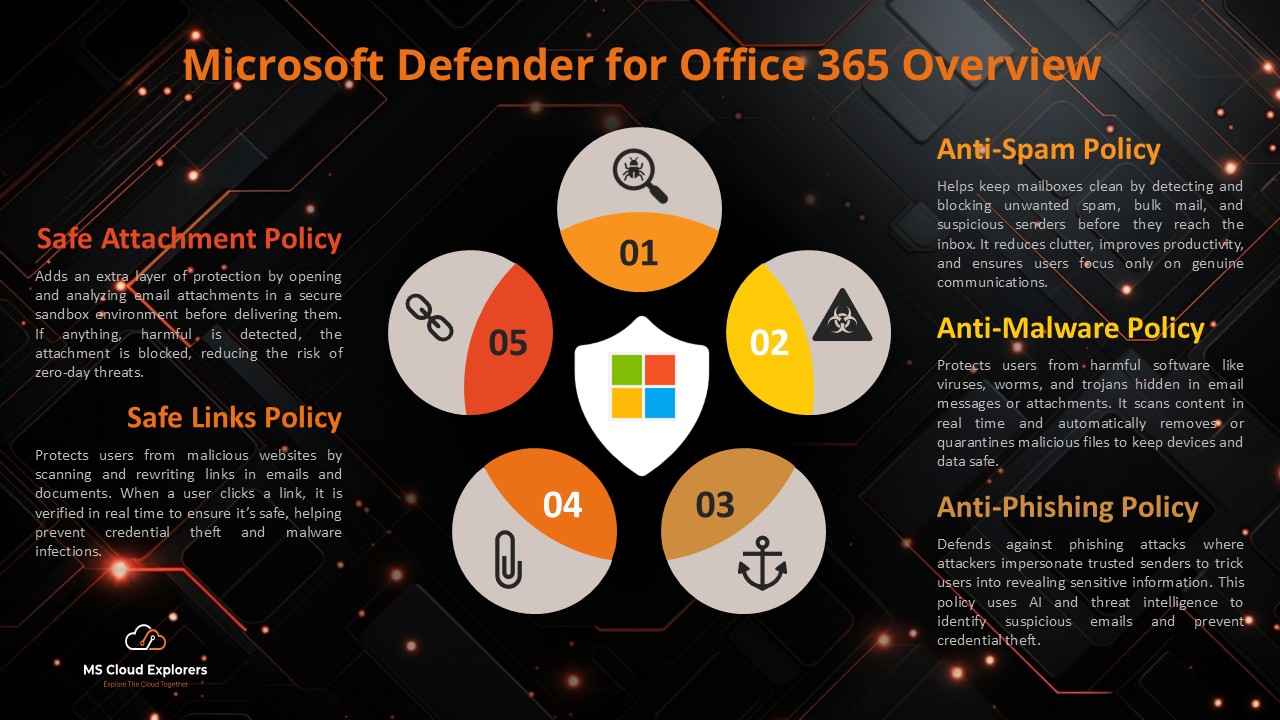
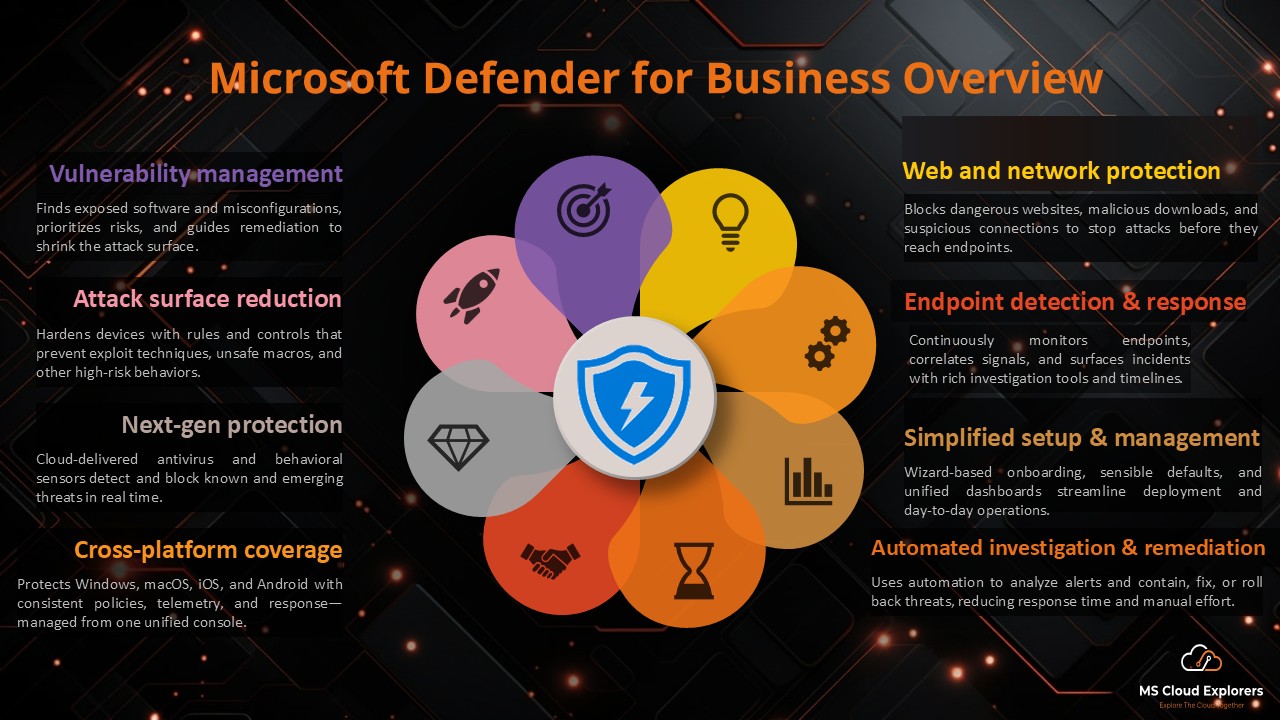
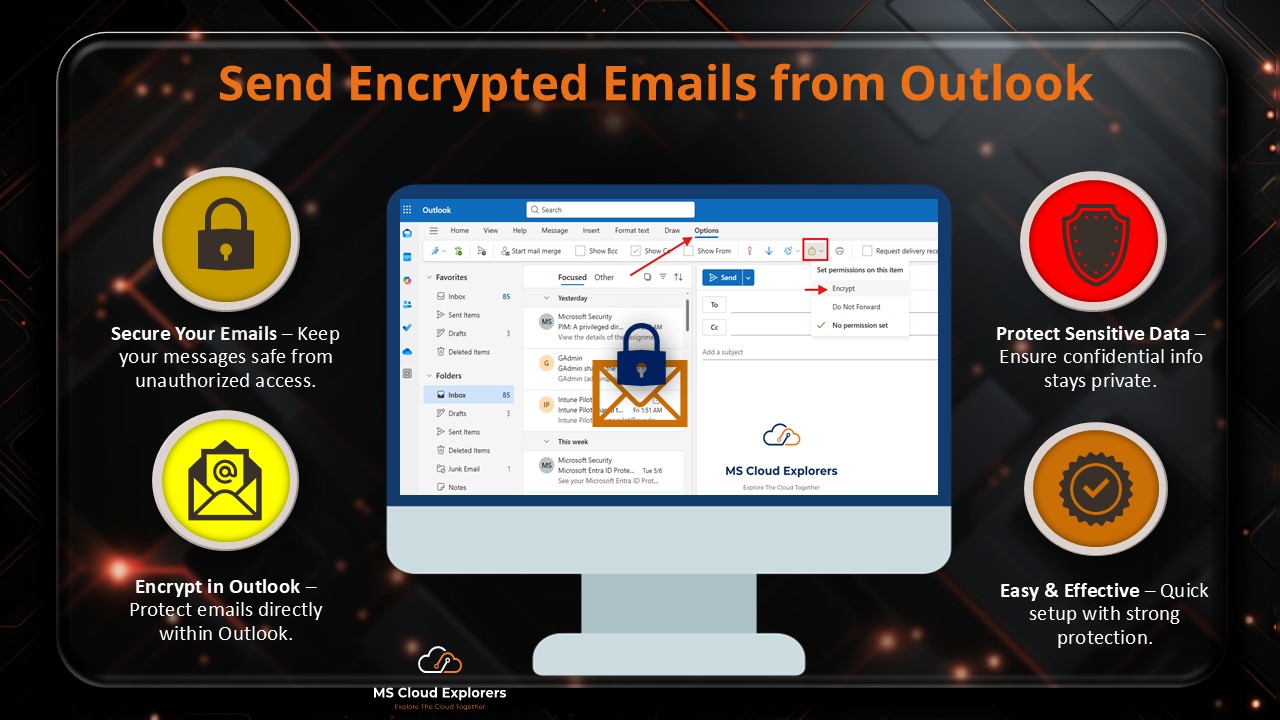

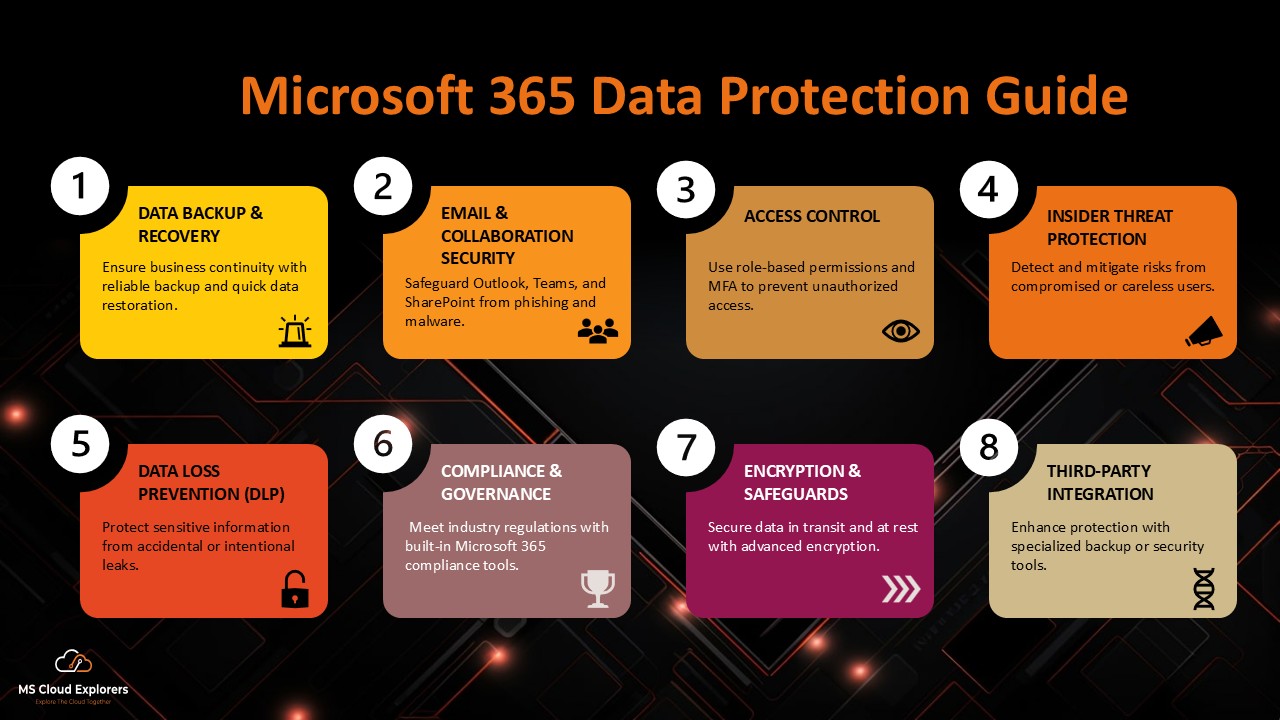
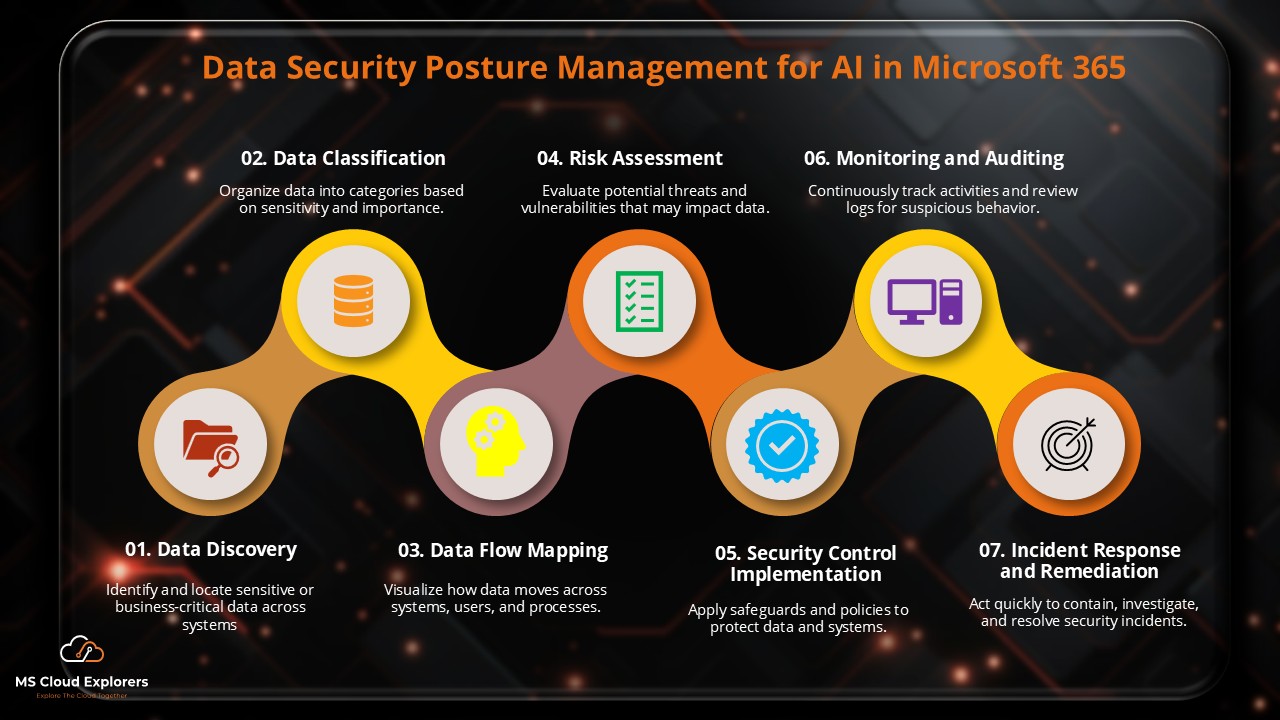
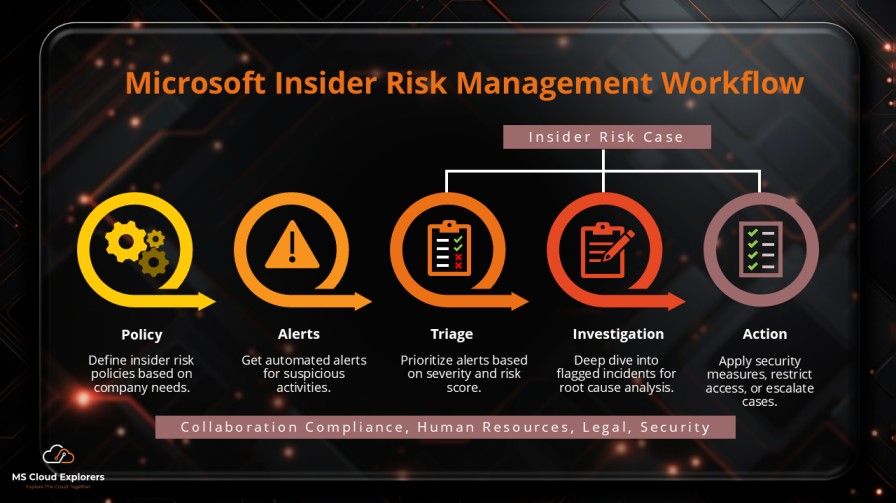
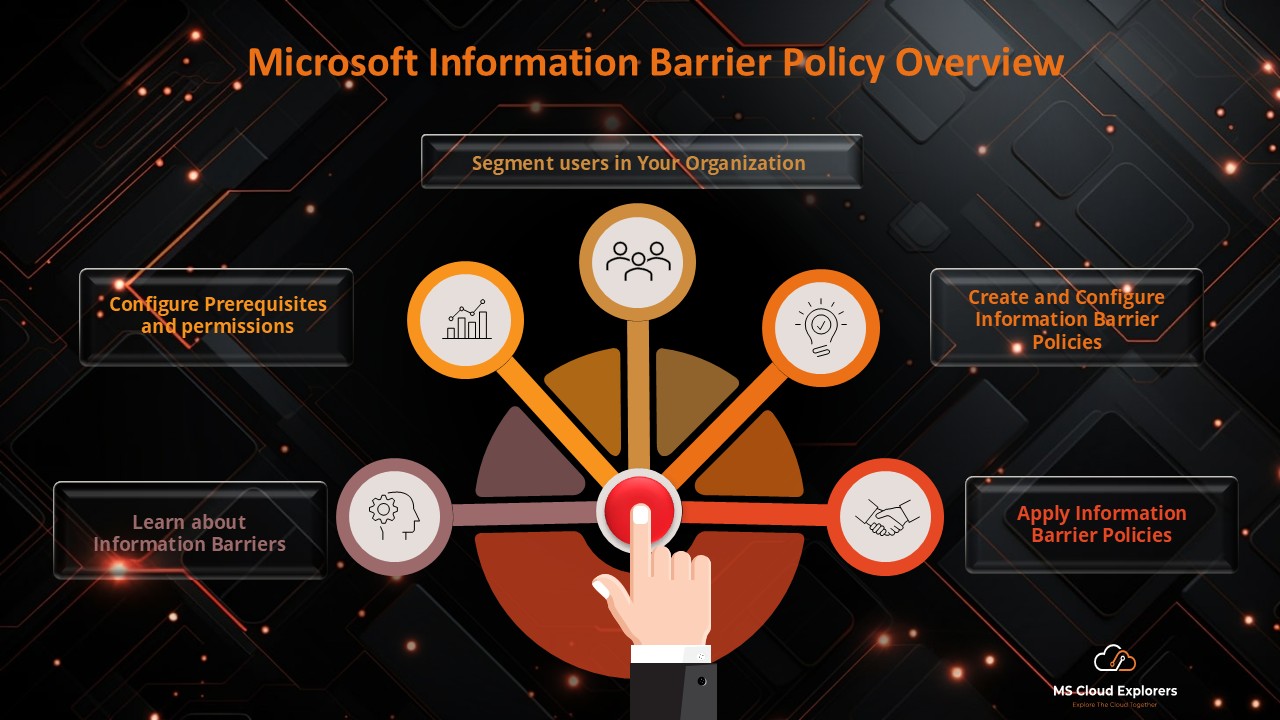
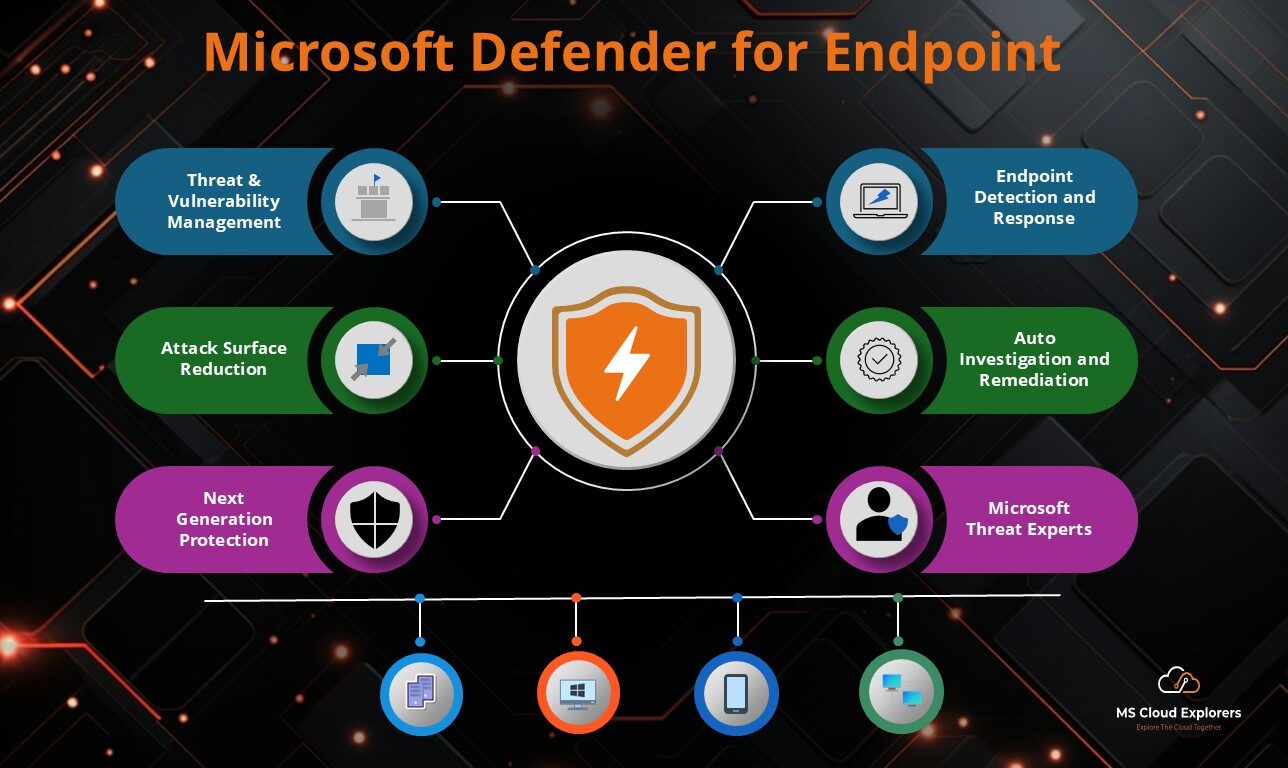
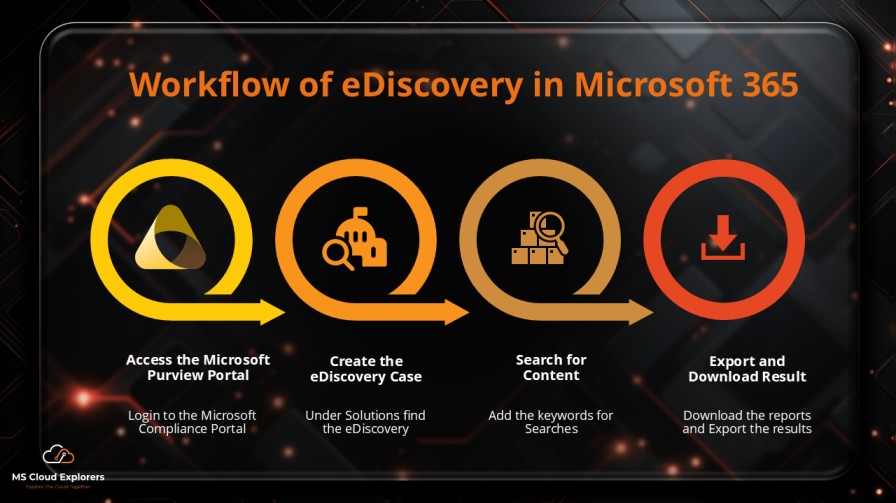
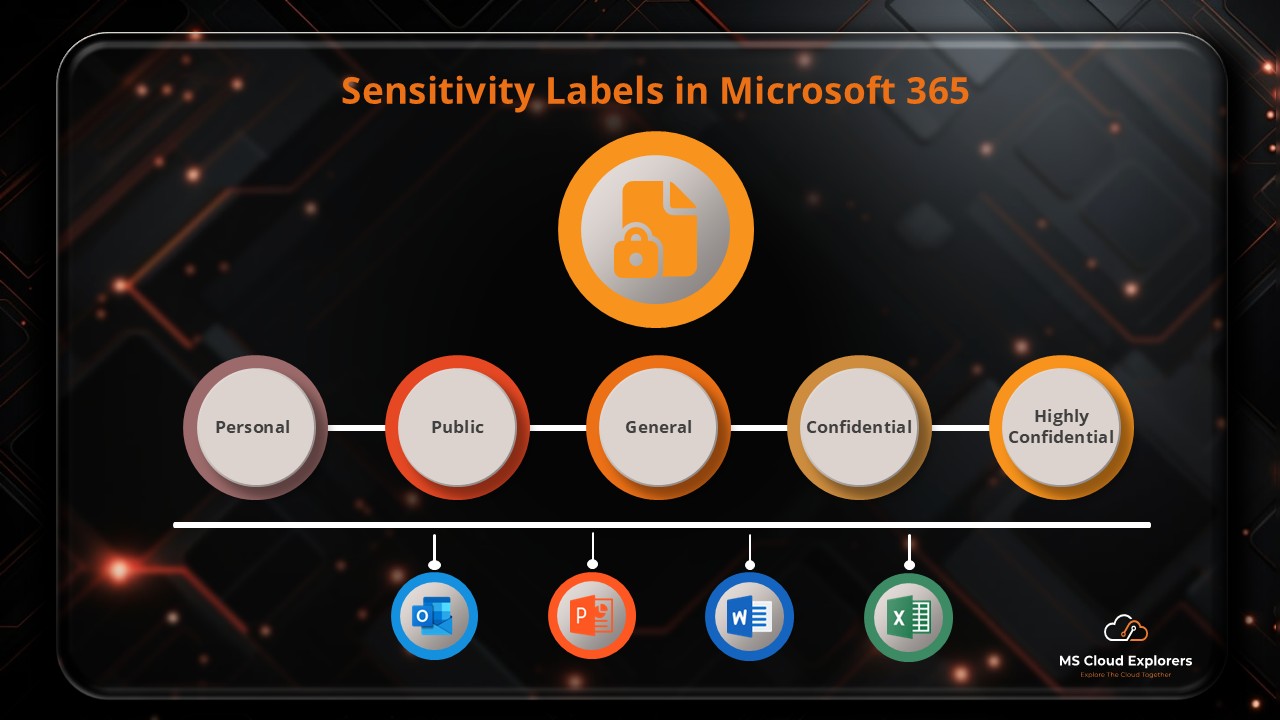
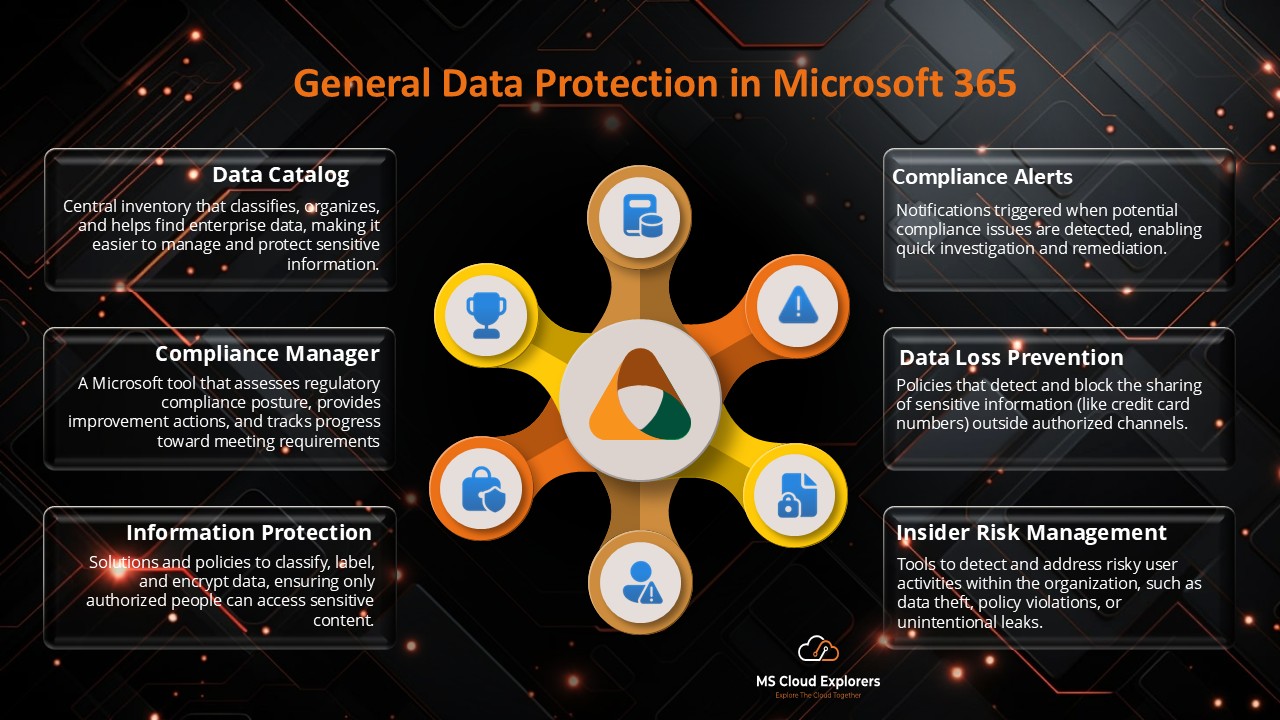
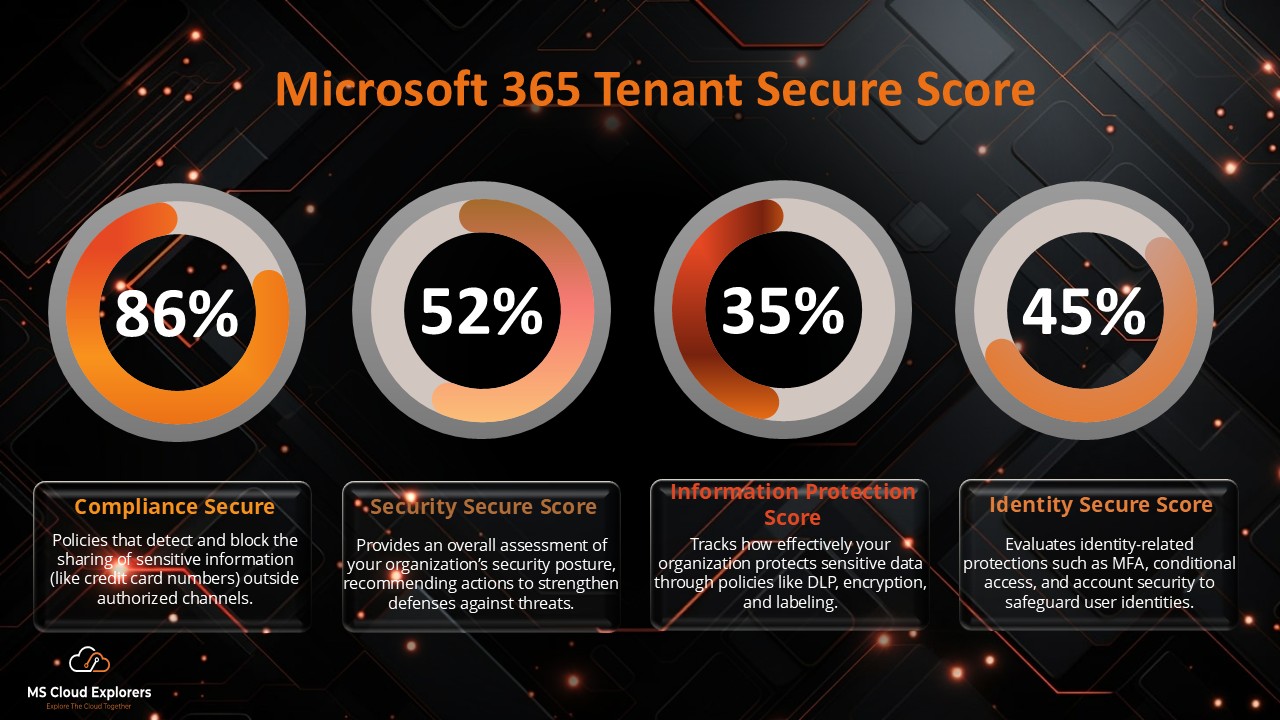
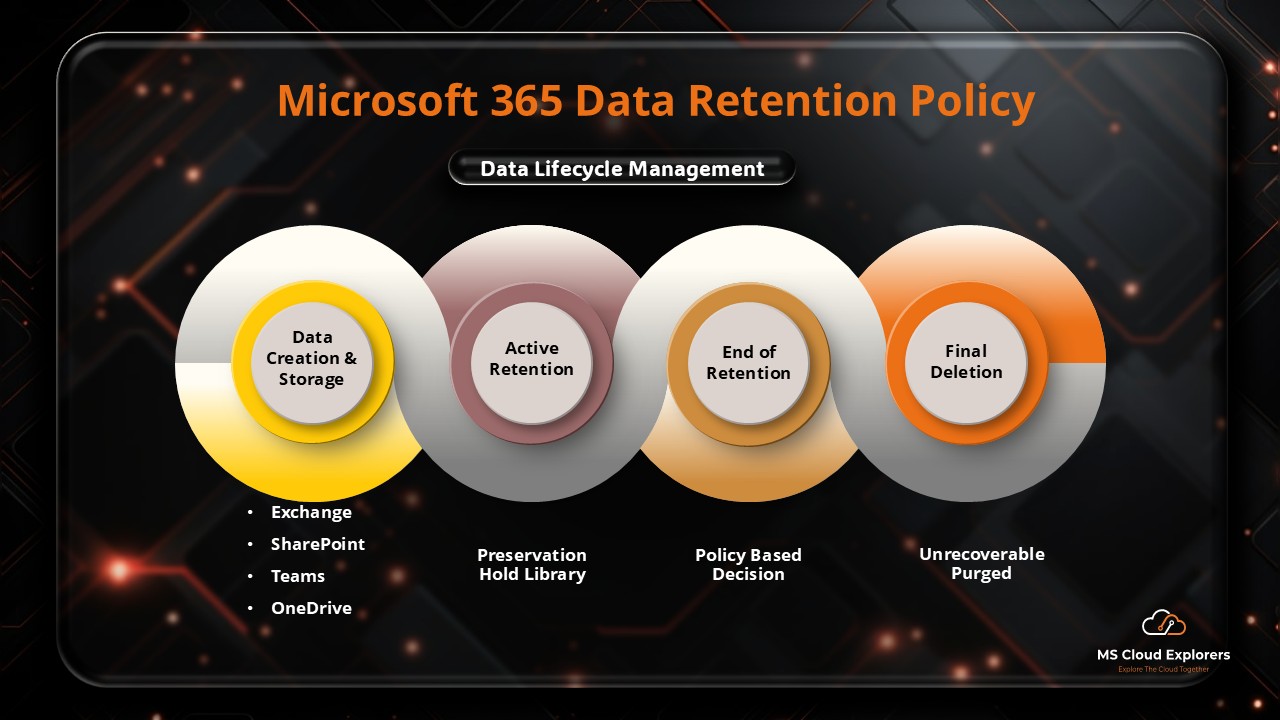

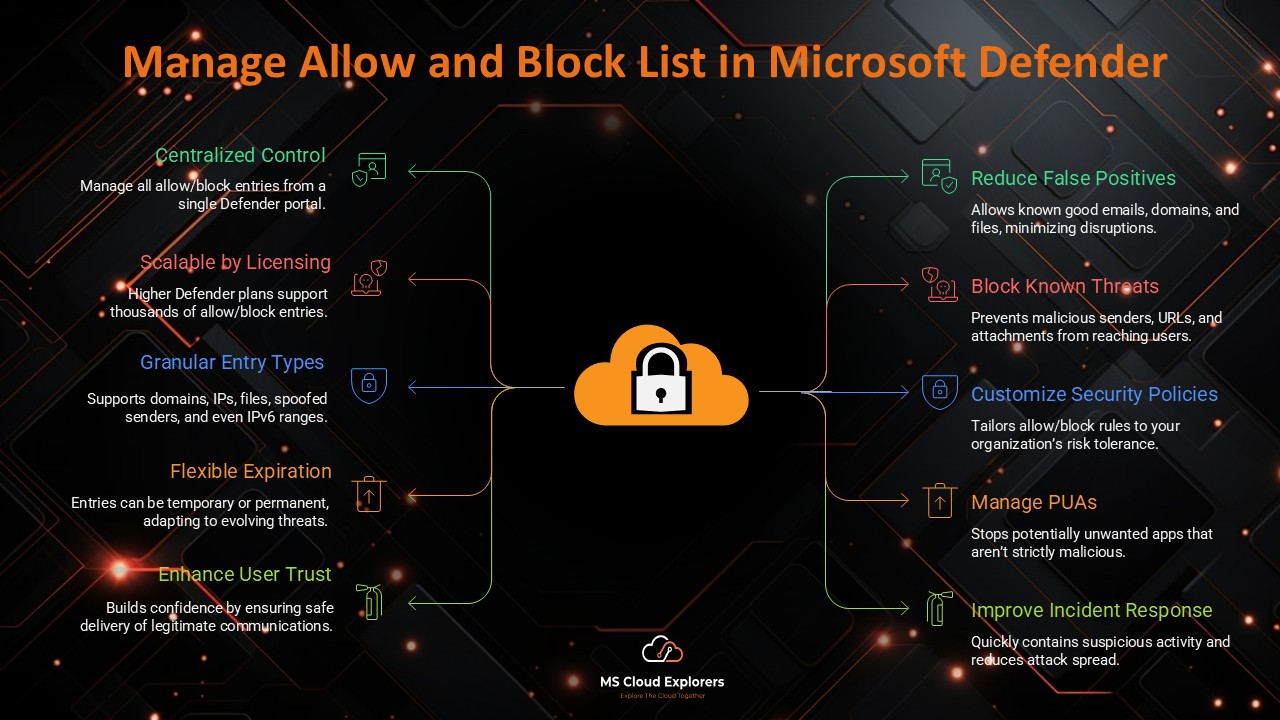
Helpful guide on setting up Microsoft 365 Data Loss Prevention! The walkthrough through policy creation and rule testing is clear and practical. It would be great to see a comparison of template scopes vs custom rules to help understand when each is best. Thanks for sharing this
Thank you! I’m glad the DLP setup guide was useful. That’s a great idea—I’ll add a section comparing built‑in policy templates vs custom rule configurations to clarify when to use each. Appreciate your feedback!
Great guide! Setting up DLP always felt complex, but this made it much easier to follow.
Thanks so much! We’re glad the step-by-step helped simplify the process. Let us know if you’d like a deep dive into specific DLP policies next.